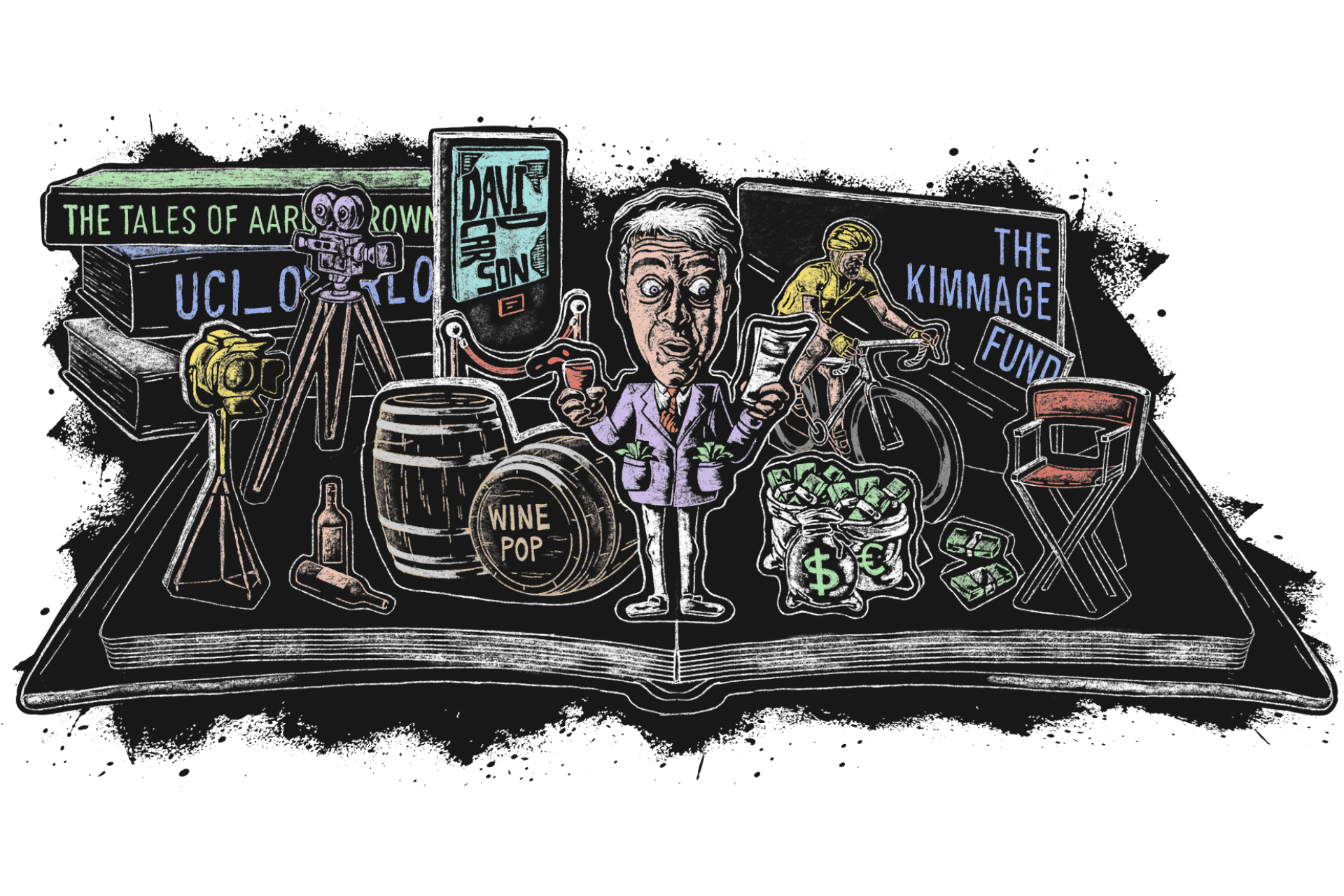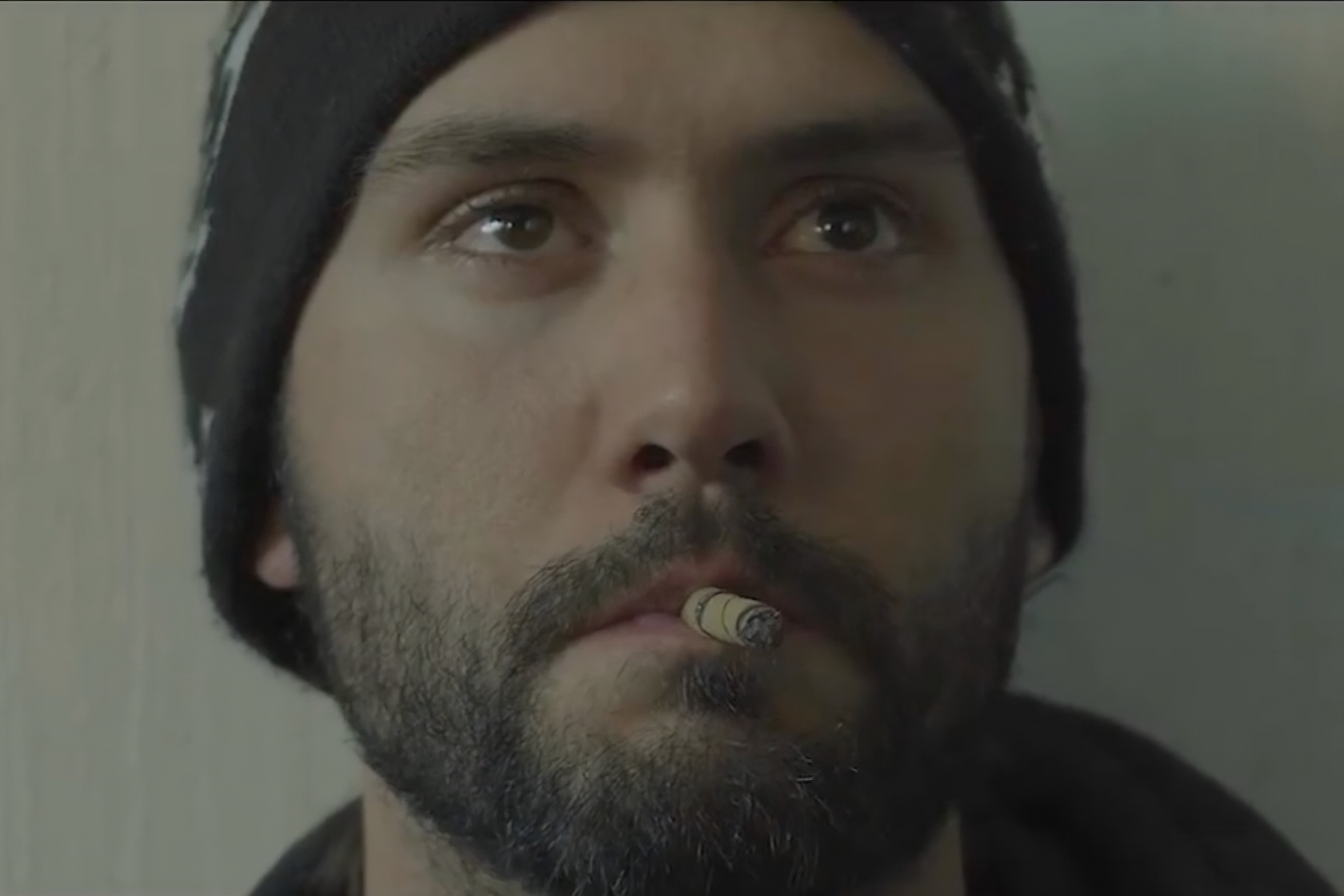Welcome to our year-end Favourite Stories series. To pick the best of our over 1,000 stories published this year, we assigned each of our staff and core contributors to write about someone else. Today, James Huang highlights Matt de Neef, whose work speaks loudly even if the man himself doesn’t.
I think most of us here at Escape Collective would agree that our managing editor, Matt de Neef, is likely the most softly spoken of everyone on staff. Much of his work is done behind the scenes and out of view of the public eye, and he’s unassuming almost to a fault, particularly given the amount of research and care he puts into his writing. When he does show his face, it’s like a nugget of gold has dropped on to a side stage, and it just needs a little more spotlight so more people can see how brightly it shimmers.
My job is easy: when all is said and done, most cyclists like to read (and talk) about bikes and gear. It’s much more difficult in my opinion to be more multifaceted, juggling race reporting, human interest stories, in-depth features, and stuff that’s arguably more “cycling adjacent,” but still engaging, and that’s the sort of diversity he brings to the table.
A twisted tale of missing money? Near-death experiences? NFTs?? Dungeons and Dragons??? He’ll even toss in a moving personal essay every now and then to keep things interesting, and to remind people that he doesn’t just write about cycling; he rides bikes plenty himself, too.
Here are some of his stories that grabbed my attention this year. Speak softly, Matt, but keep pounding away at that big ‘ol keyboard. I’m here for it – and you should be, too.
On the trail of one of cycling’s weirdest tales

Oof, this was a doozie, and I keep forgetting to ask Matt just how much time he poured into this one.
It’s an incredibly convoluted story of US$70,000 that mysteriously vanished. The money was donated to help journalist Paul Kimmage in his defense against a defamation lawsuit brought by the UCI ten years ago. This wasn’t a case of straight-up theft, though, and it’s not like someone surreptitiously snuck away with a suitcase full of money. Nope, that would be far too straightforward.
Instead, it involves Catalan wine, then-UCI president Pat McQuaid, fake CVs, Hollywood, a yep, even a controversial laptop.
Pour yourself a fresh cup of coffee and maybe even a snack for this one.
Read “In pursuit of UCI Overlord” here.
What happened to all the cycling NFTs?
I’m going to just come out and say it: I think NFTs are stupid, and I have little sympathy for however many people in our curious industry tried and failed to separate fools from their money when these silly things suddenly became all the rage, only to fizzle out shortly afterward as so many of us figured (and hoped) they would. Wait, you’re going to pay how much for what? Yeah, good luck with that.
But did I know much about the backstory surrounding these things? The people involved? Exactly why they believed so wholeheartedly in the technology? I do now.
For the record, I still think NFTs are stupid. Which makes Matt’s story about them all the more interesting in my eyes.
Read “What happened to all the cycling NFTs?” here.
A harrowing crash changes a life forever

As much as I’m not always super interested in bike racing, one aspect of the sport has always garnered my curiosity: given the careers of pro cyclists are so short, what do they do after they retire?
In the case of Keegan Girdlestone, that “retirement” unfortunately came much earlier than it should have after a horrific crash in 2016 sent him through the back window of his team car left him with debilitating injuries at the ripe old age of 19. I remembered reading about the crash at the time, and I vaguely recall hearing about his (nearly successful) efforts to return to his former glory. I hadn’t thought about him at all since then, though, which is why I was so interested to hear that seven years after that fateful day, he’s now transitioned to an acting career.
Professional riders are truly incredibly talented and gifted athletes, but it’s important for us to remember that they’re also much more than that. Who are these people after they’re no longer racers? As it turns out, they’re still the same people they were before they started racing, just trying to figure out life like the rest of us.
Read “I should be dead” here.
Returning to an iconic climb, a decade older, wiser, and a little slower
This one was perhaps my favorite of the year (and also one of the first ones Matt for our new publication). I love it because Matt talks about watching our cycling heroes rocket up the Col du Tourmalet and contrasts it with the way us mere mortals approach that imposing mass of earth piercing the sky, but without feeling like the rest of us are somehow “less than”. I’ve never had the pleasure of riding that iconic climb, but the way Matt wrote about it made it feel like I was struggling with him as he revisited an old friend.
It also hit home for how Matt and I are in similar stages in life, with a young family at home, and nowhere near the time, energy, or fitness as we once did. We might be slower than we used to be, but it was good to be reminded that should in no way diminish the enjoyment of our accomplishments.
“Having the time and means to be able to climb this mythical mountain once in a lifetime is a privilege. To be able to do it again 10 years later, when I wasn’t sure I’d ever be back, is an unexpected bonus.”
Read “The Col du Tourmalet, 10 years later” here.
Did we do a good job with this story?


